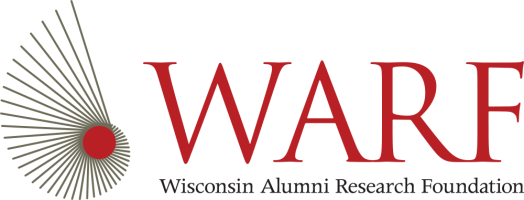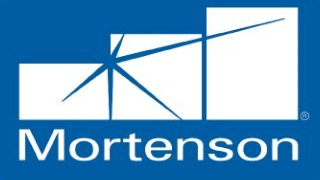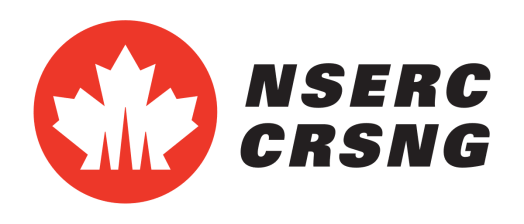
Collaborative Research: REU Site: Research Experience in Digital Twins of Road Infrastructure (PI, 09/2025 – 08/2028)
Sponsor: National Science Foundation / US$235,289
This project offers U.S. undergraduate students a 10-week hands-on research experience in digital twins for road infrastructure under the joint mentorship of U.S. faculty and leading scholars in the U.K. It cultivates cross-disciplinary expertise and international competencies within a uniquely integrated research setting.





